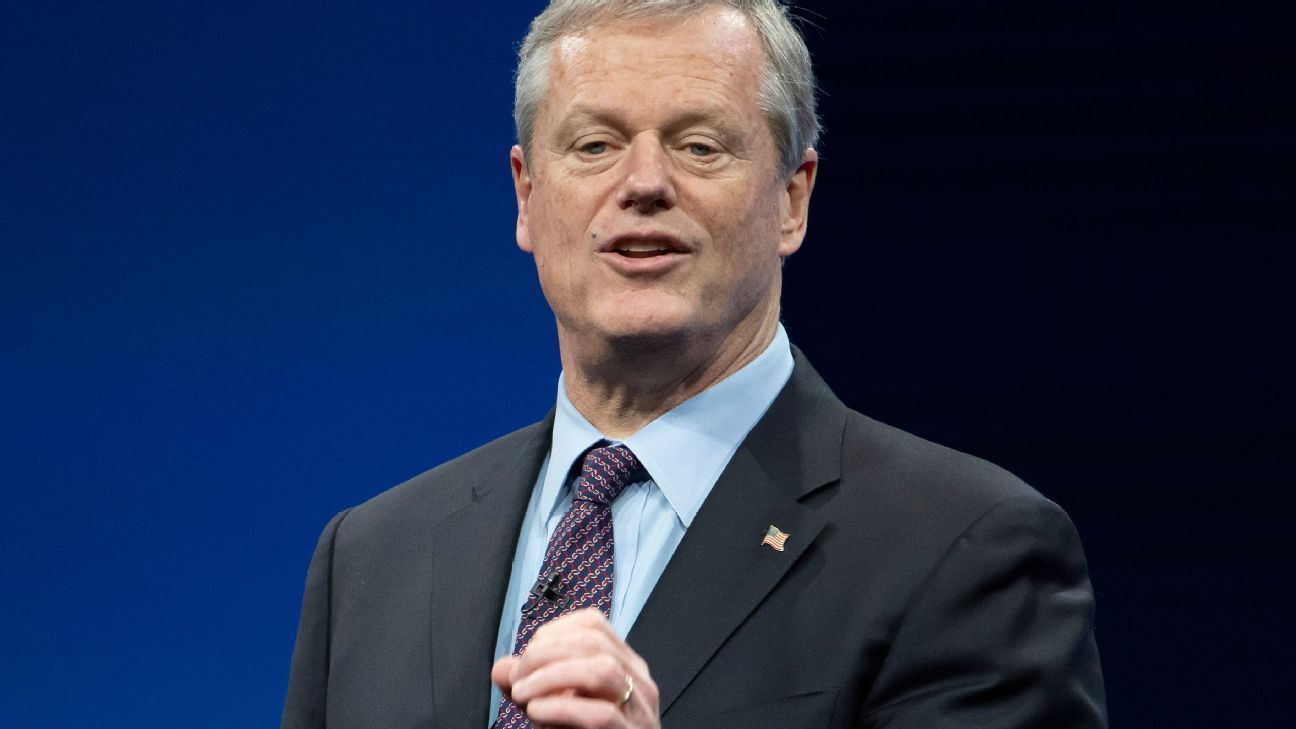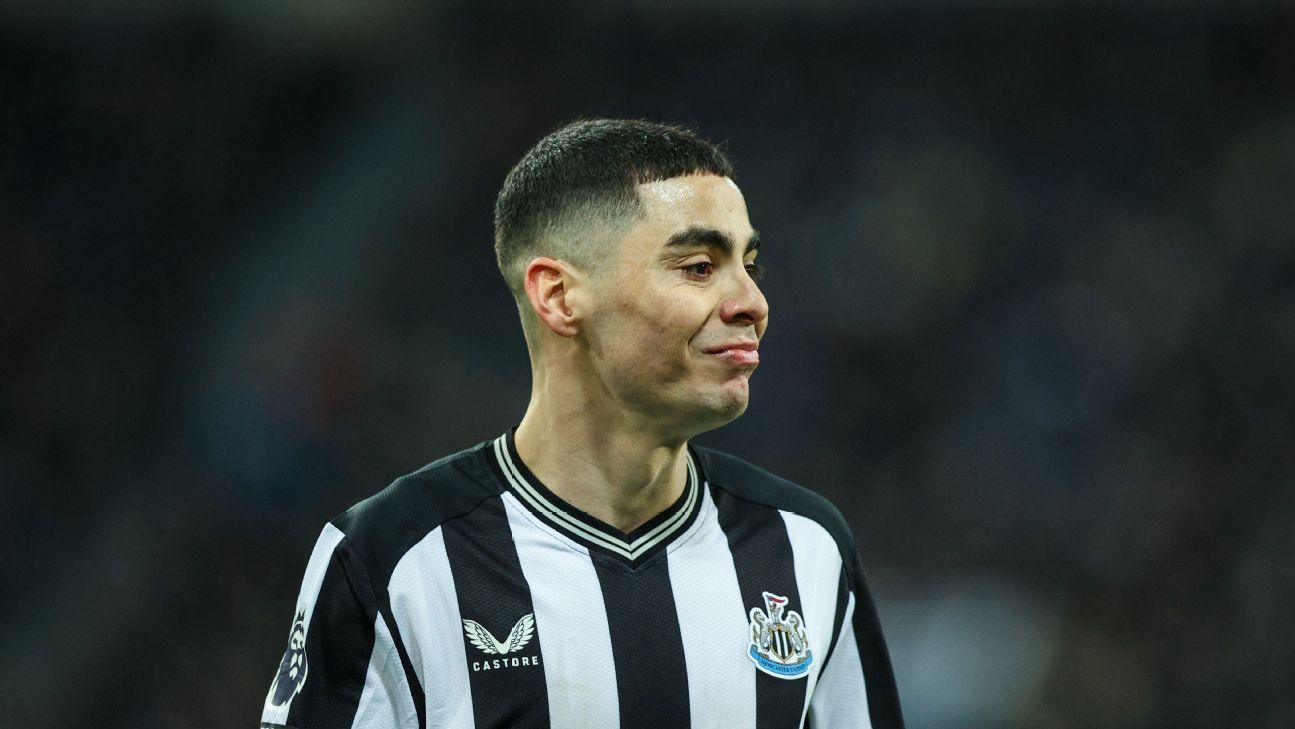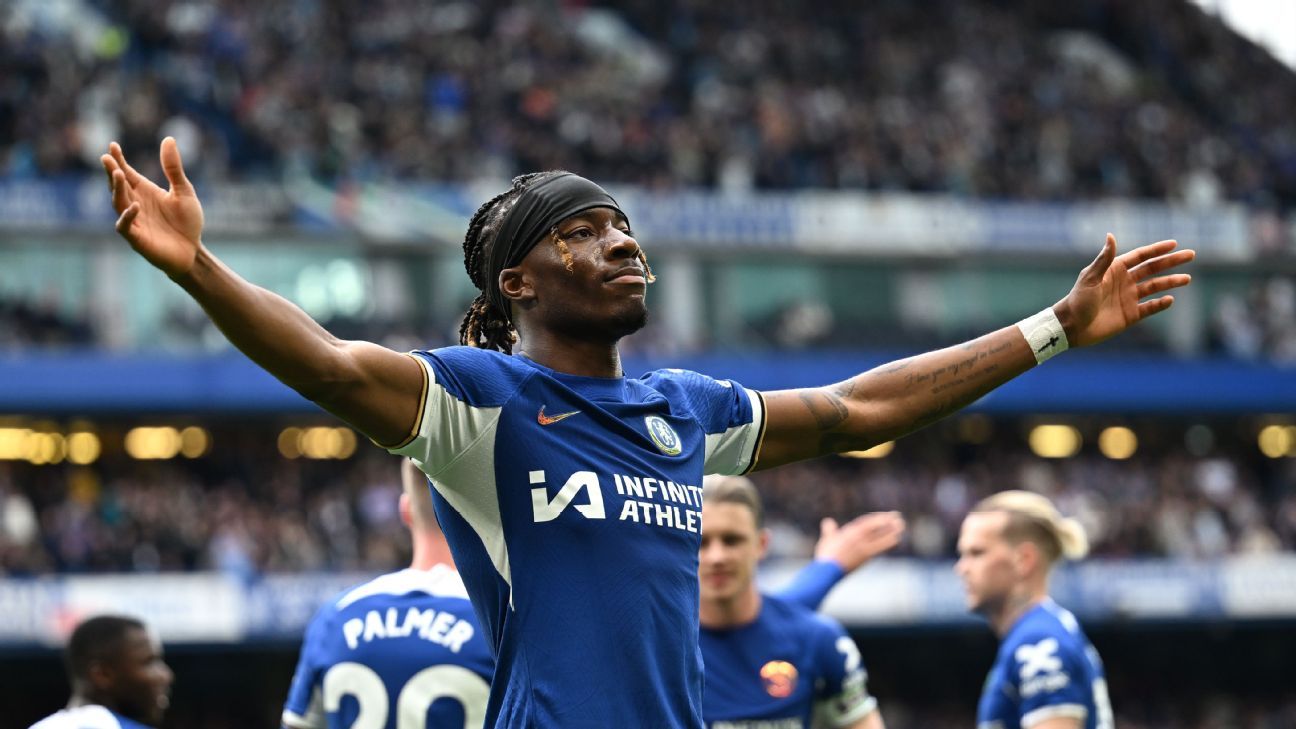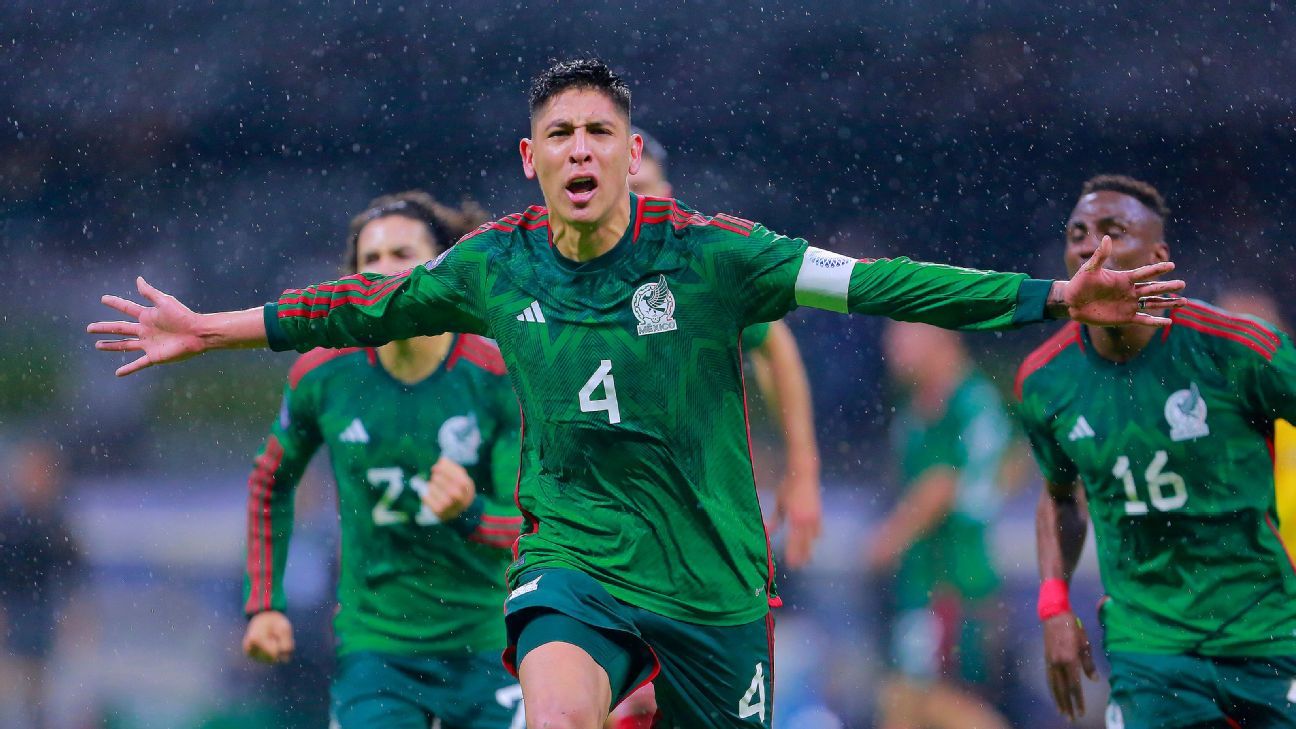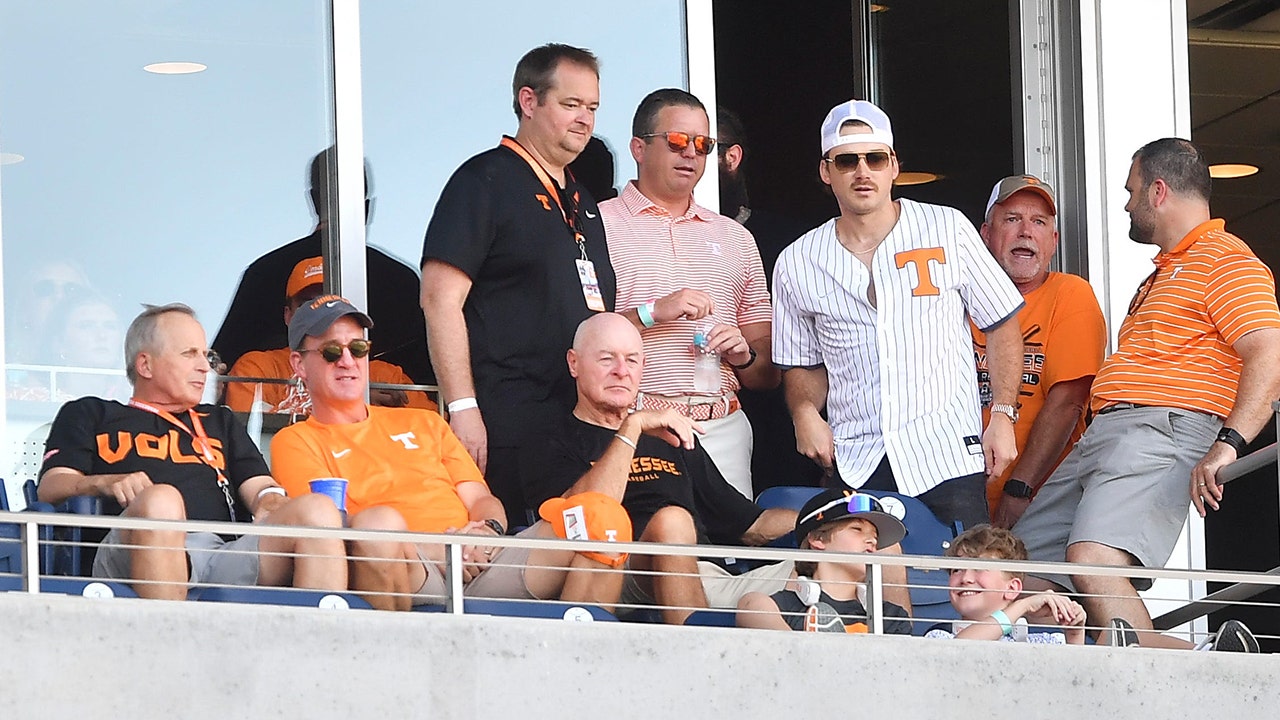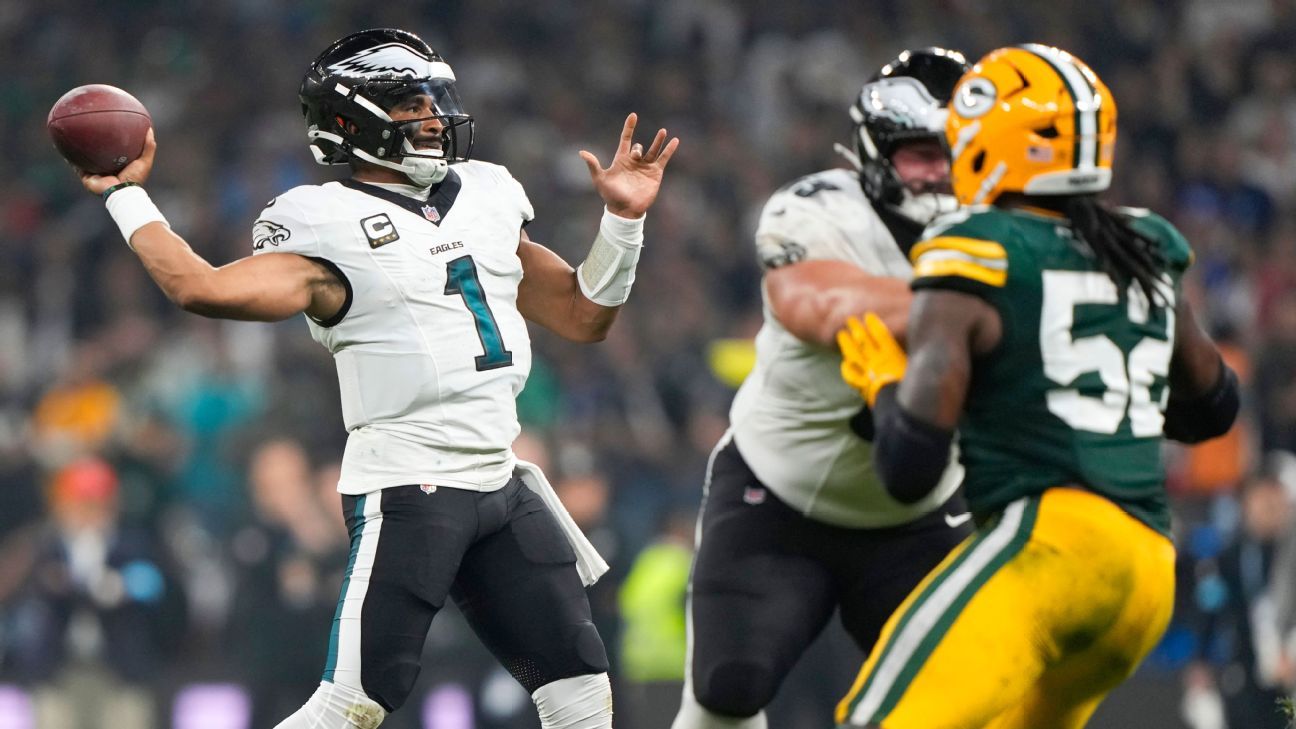AMELIA ISLAND, Fla. — NCAA President Charlie Baker met with coaches and athletic directors Monday at this year's ACC spring meetings, discussing, among other things, a possible settlement in the case between the House and the NCAA that could reshape the university's future. athletics.
Baker said the settlement talks, and the revenue-sharing agreement that would accompany any deal, were “only a small part” of his presentation, and reiterated that there are still many moving pieces and no deadline. to finalize an agreement. But the framework currently being discussed could provide some needed clarity on how schools manage rosters and player acquisition.
“I think everyone would like to be in a position where they feel like they can plan,” Baker said, “and in the current world we live in, planning is very difficult to do.”
Filed by Arizona State swimmer Grant House in 2020, the class action case claims the NCAA violated antitrust laws by prohibiting athletes from profiting from his name, image and likeness before that year. The plaintiffs were seeking billions in damages. The potential deal would involve the NCAA paying more than $2.7 billion and agreeing to a new revenue-sharing model that could transfer up to $20 million annually to athletes.
The costs associated with the deal, along with the ability to unlock scholarships, could result in schools that maximize those options seeing a budget hit of more than $35 million a year, according to several athletic directors who spoke with ESPN.
Still, Baker said there was broad support for the measure, which would provide much-needed clarity and a framework for a sustainable business model for college sports.
“You can invest in your athletes, you can invest in your programs, you can invest in your future and get a sense of what the terrain is going to be like beneath you,” he said. “I think it creates a lot of stability and clarity for schools, and makes it possible for all of us to start thinking about what the next act will actually be like instead of feeling like we're just waiting for the next shoe to drop.”
Several coaches and athletic directors who heard the speech were enthusiastic about the idea of bringing compensation to athletes in-house, rather than assigning it to NIL groups that have only a tangential relationship with a school's athletic department. In most cases, according to several coaches, a revenue-sharing model that sends $5 million to $10 million per year to football players would likely be on par with what most schools are already spending. via NIL in templating.
But even the potential agreement raises big questions, including how revenue sharing will work in conjunction with Title IX, whether the NCAA can leverage an agreement to gain greater cooperation (and protection from future lawsuits) from Congress and whether it will be required to all schools that spend money. – or have a limit of – a specific amount. Several administrators who spoke to ESPN about the issue expressed concern that some schools will receive an equal share of the league's television revenue but will spend well below the $20 million maximum on players.
Still, any sense of closure in a system that coaches and administrators have repeatedly described as “the Wild West” would represent a step in the right direction, according to Baker.
“The most important part of the deal – and let's face it, there's still a lot of work to be done there – but it creates clarity and visibility on a lot of issues that have been troubling everyone for a while.” Baker said. “The other thing it does is create predictability and stability for schools, but it also creates tremendous opportunity for student-athletes, especially in schools that have greater resources.”

